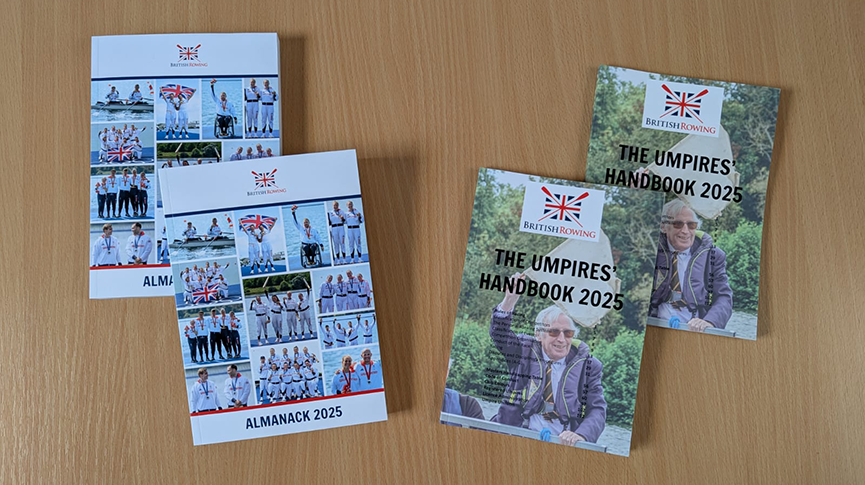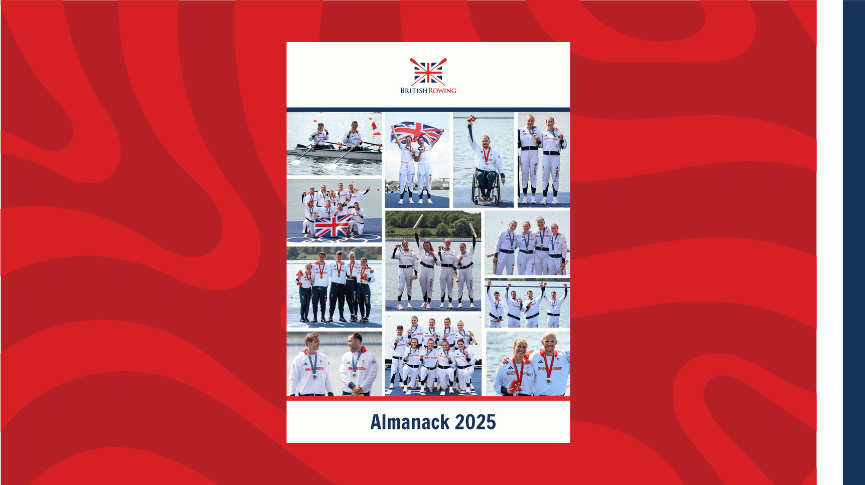Rowing in cold weather conditions
Here is just a reminder of a few things to consider when deciding whether or not to row during the increasingly cold winter weather:

- Clothing – Make sure you are appropriately dressed and prepared for changes in weather conditions. That includes considering the use of pogies or single layer gloves such as sailing gloves, which it is perfectly possible to row in if the correct ones are worn. Multi-layers of clothing of a modern wicking type that does not hold water is recommended. You may consider wearing a life-jacket or buoyancy aid particularly if going out in a single scull.
- Food & drink – Ensure you have eaten sufficiently before you exercise and if the outing is longer than an hour take a bottle of appropriate drink with you.
- Cold water immersion has a high risk of harm associated with it. All club members should read the RowSafe guidance (Chapter 8) and be aware of the effects of cold shock and hypothermia.
- Risk Assessment & Recovery Plans – These will need to be specific for your location but in very cold weather, there should be even higher priority given to assessment, preparation and communication. You need to be absolutely certain you have assessed all foreseeable risks and you can react effectively to an incident, having planned for “What if…?” scenarios. The most important thing is to reduce the likelihood of a capsize. You could restrict outings to more stable boats, limit outings to experienced crews and increase the level of launch supervision to help prevent incidents and also be able to alert rescue services immediately.
- Safety Equipment – You may need to carry more safety equipment in the boat/launch and you will definitely need an enhanced emergency plan to identify what to do when an incident has happened and how to recover people as quickly as possible.
- Ice is an important indicator of extreme cold. It is a risk on land – slipping and dropping the boat and on the water – floating sheets of ice can damage boats.
Chris George
Chairman, National Rowing Safety Committee







